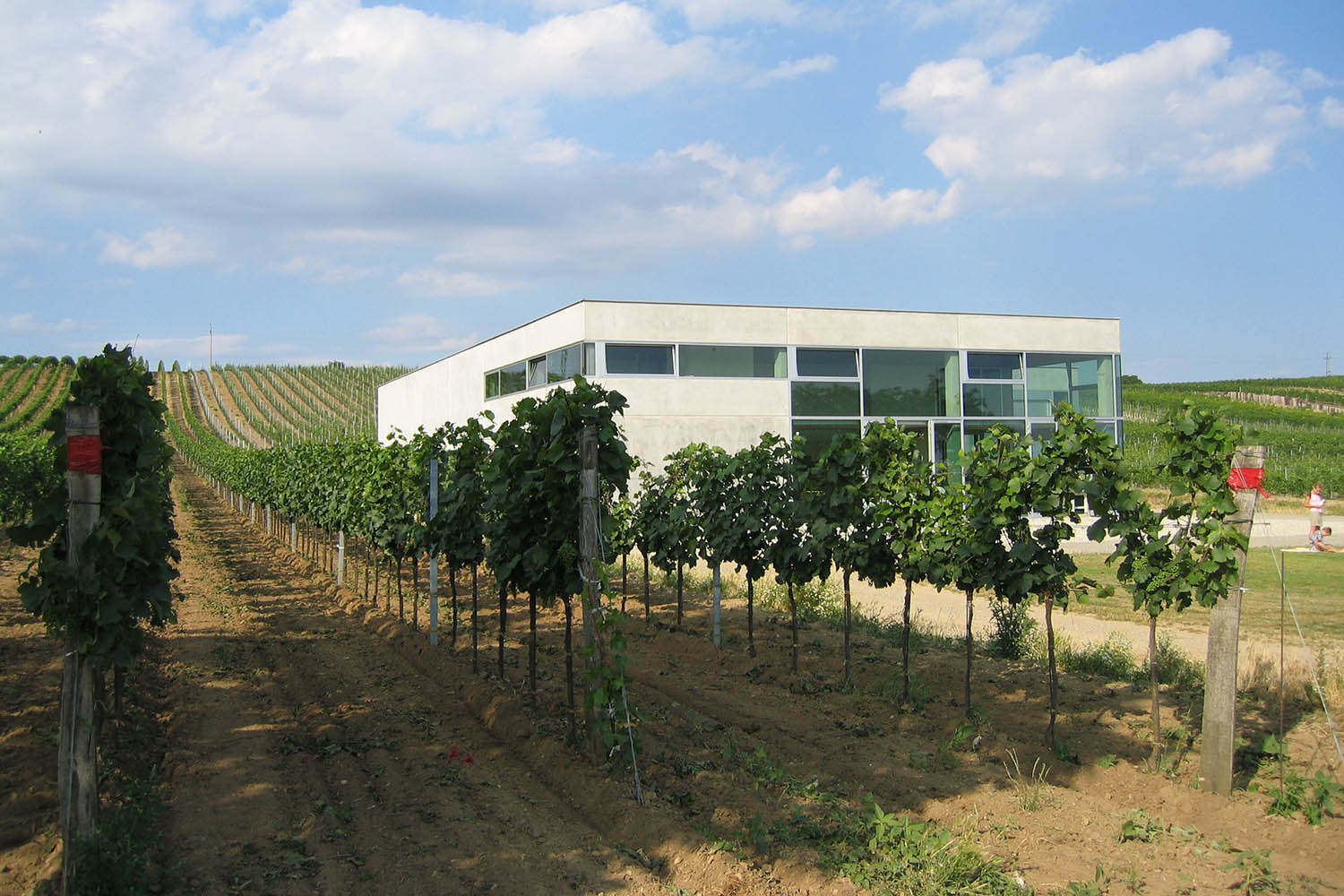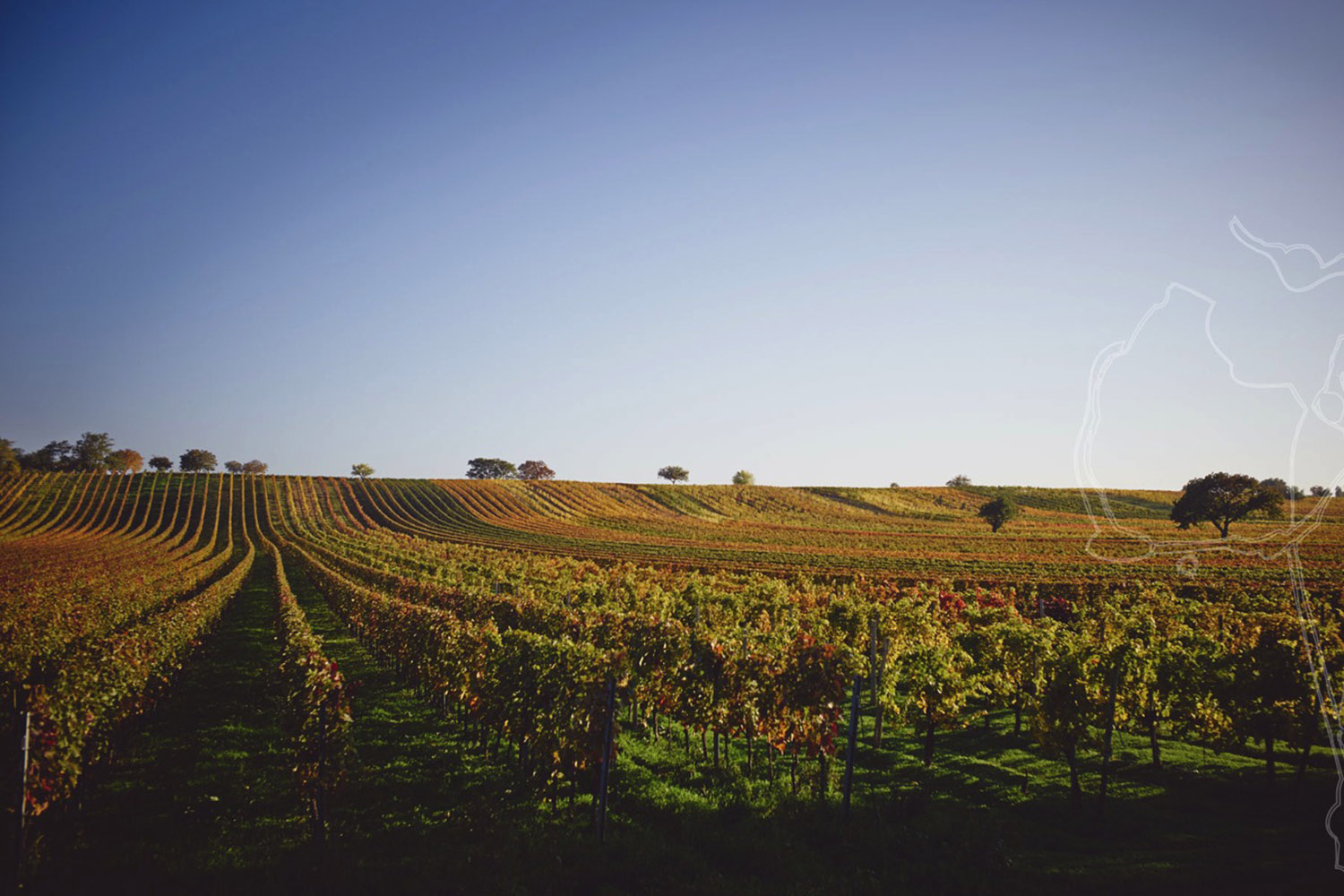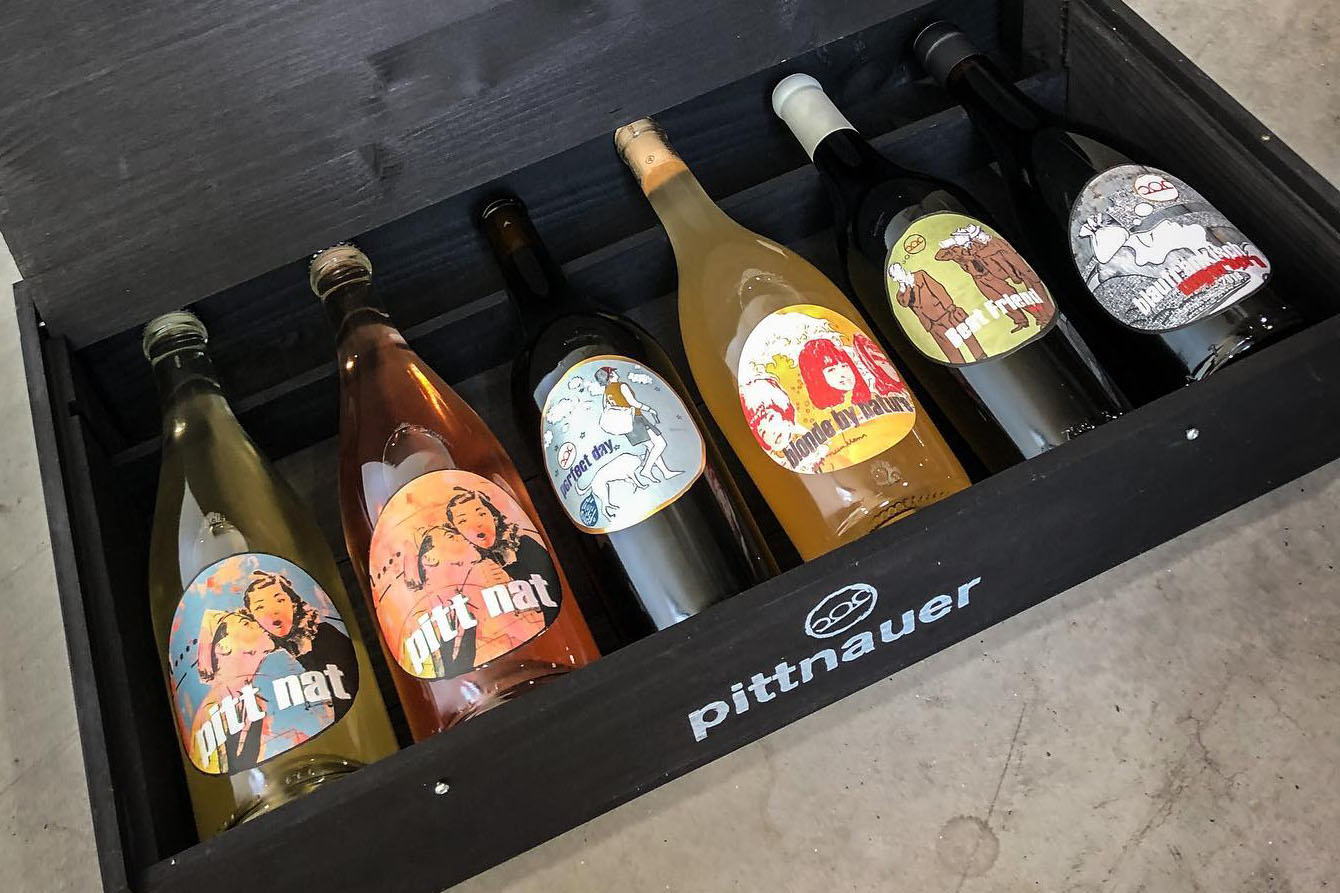It was clear to the two at an early stage that this story would only work in interaction with the surrounding nature. So, when they switched to organic and, a little later, to biodynamic farming and transformed their vineyards into lush and vital biotopes. These speak their own language – depending on exposure, grape variety and subsoil – which is why each is thought of and interpreted individually. In order to capture the subtle and quiet voices of their terroir with pinpoint accuracy, the two do in the cellar exactly what good winemakers do – and that is a lot and a little at the same time.
On the one hand, they add nothing to the wines except a little SO2, and even that is not always, and take nothing away from them. They ferment spontaneously but do not clarify or filter. On the other hand, they make a multitude of decisions every year: about the right harvest time and the length of skin contact, the fermentation and ageing barrels, the time on the lees, the final assemblage or the ageing time, to name just a few. This results in wines that, never identical, deliberately focus on differences that combine depth and finesse, are light on their feet and pleasingly low in alcohol, yet bursting with energy, substance and liveliness.
Everything about the winery says cool – from the extensive collection of vinyl records that the pair keeps at the winery, stories of Gerard’s musical prowess, and a laid-back air that suggests that he’s on top of his game. Even his wine labels, which were designed by eastern German artist Tobias Hermeling, exude a laid-back vibe.
Not surprisingly, his wines mirror his energy, but with excited experimental energy to get the best out of what they have. They are students presenting the current findings, and so far, it has been delicious research!





